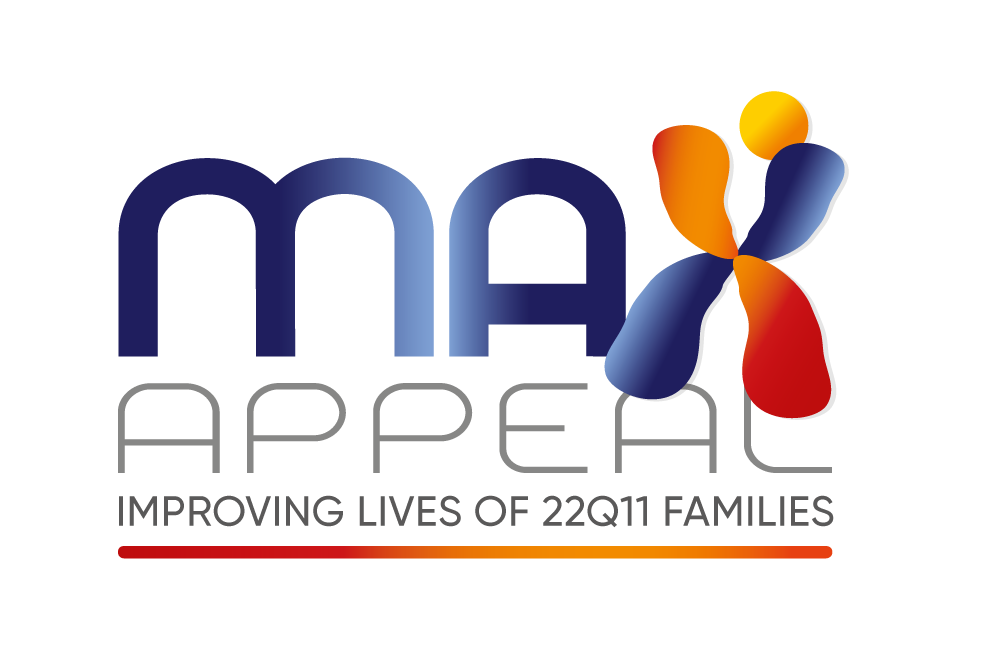Leg Pains
This section has been adapted from a research paper produced by Ahmad Al-Khattat, Warren Turner and Patricia Nesbitt on a sample of 16 patients at the Northampton School of Podiatry.
The study
The process of studying leg pains was found to be difficult as the patients are often young children who are unable to fully explain their symptoms especially when they have communication problems. Also as the children may have had the leg pain most of their life, they sometimes they don't mention it as they do not register it as being out of the ordinary.
Children often said they felt a dull ache or burning sensation in both legs, particularly in the area of the calf. They felt this at any time but mostly at night and at the end of a physically active day. Parents reported two signs that suggested that their child was having leg pain.
The first sign was that their child needed a rest during short walks or might complain of leg pain, demand to be picked up, or lag behind whilst starting to cry.
Some children are unable to run as much as children without the deletion, often needing to sit down for a rest during group physical activities.
Some children who complain of leg pain are able to persevere with physical activities they enjoy while complaining with more mundane activities like walking. For example some children in the study were able to participate in dancing twice a week for half an hour at a time without complaint. Also the children seemed to be able to walk further during the test/assessment A typical comment being: He/she would never walk as much in the street."
The second sign of leg pain is frequent episodes of waking during the night.
These episodes have no single pattern and vary from day to day and from child to child. (One child in the study woke up nine times per night.) When children wake in the night they often complain of leg pains and cry and kick their legs.
Children with a 22q11.2 deletion may have disturbed sleep for a variety of reasons but it is recommended that parents speak to their children about leg pains as this is one of the more frequently reported symptoms.
Foot and postural abnormalities
Problems are most noticeable when walking or standing.
The most common abnormality noted is flat feet: this is technically due to "excessive subtalar joint pronation". This means that the foot rolls inwards causing flattening of the plantar arch.
Less common is the opposite problem, "cavoid syndrome" where the foot shows a high arch with a tendency to roll outward.
Another common feature is "ankle joint equinas". This means that the child is unable to draw the foot towards the leg as much as is required for normal walking and it's thought that this causes a tightness of the calf muscles. The hamstrings have also found to be tight in some patients.
These abnormalities mean that the children's legs have to work harder and in a different way to compensate and this may explain the sensation of pain in many children.
Treatment
Treatment consists of the prescription of an insole to fit inside the shoe. This is designed to improve shock absorption and normalise the position of the foot during walking. Muscle stretching exercises are also recommended for children with tight calves and/or hamstrings.
All of the children that have been treated have shown an improvement in their symptoms, such as reduced pain, better exercise tolerance, and a decrease in the number of episodes of nocturnal leg pain. However few children have been completely 'cured'.
Other studies
Eleven children were studied by Dr Judith Goodship, a clinical geneticist at Newcastle Upon Tyne University. Four definitely had leg pains, three definitely did not have leg pains, and four responses were inconclusive. It is understood that a further study is underway.
A final word
It is possible that a child may have leg pain but not complain about it. It is therefore advisable for parents to be aware of the problem of chronic leg pains, to understand the likely cause and to seek appropriate treatment where necessary.
